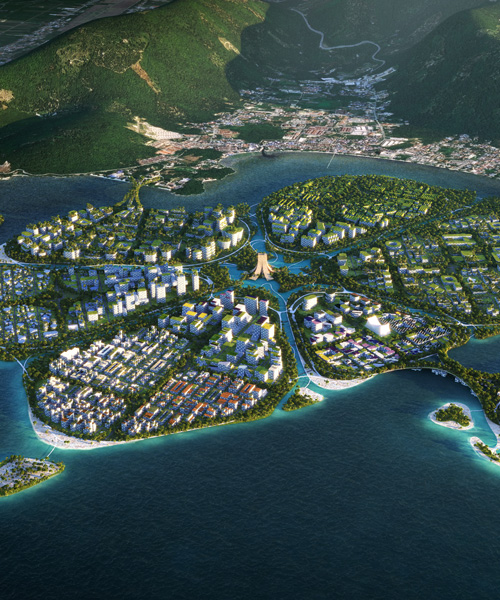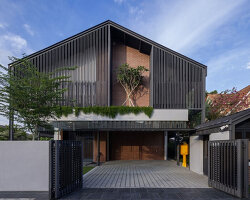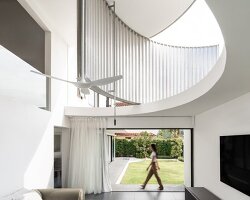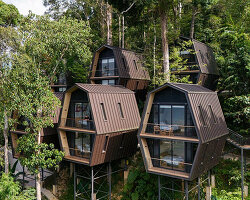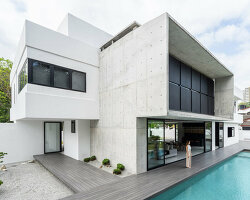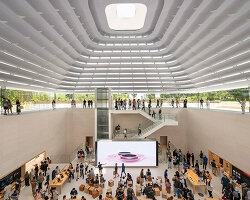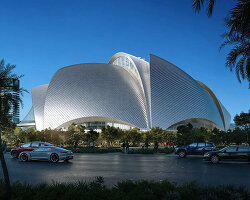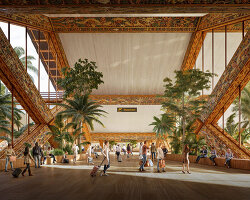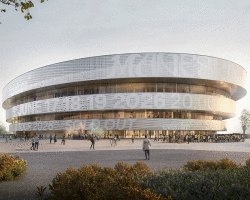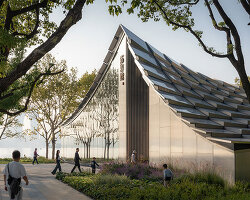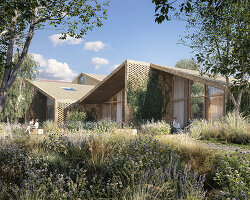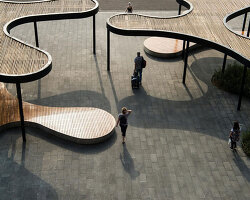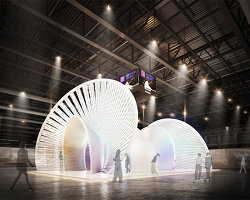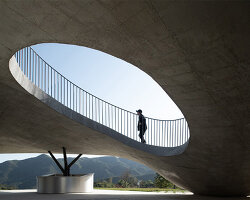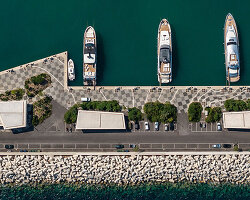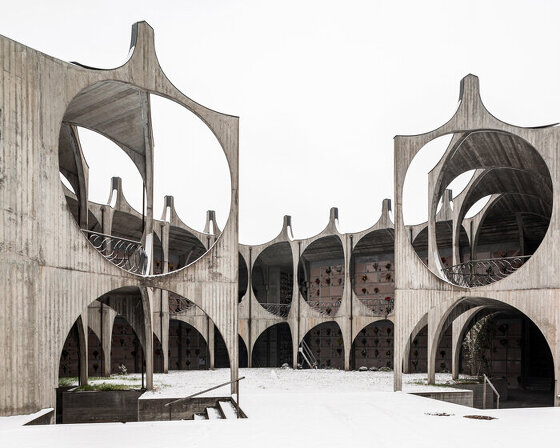BIG, hijjas and ramboll have won the international competition to design the masterplan for penang south islands in malaysia. titled ‘biodivercity’, the winning proposal will provide residents with approximately 4.6 km of public beaches, 600 acres of parks, and a 25 km waterfront. the project is conceived as an urban mosaic of three diverse islands with a clear focus on livability, environmental sustainability, and social and economic inclusivity.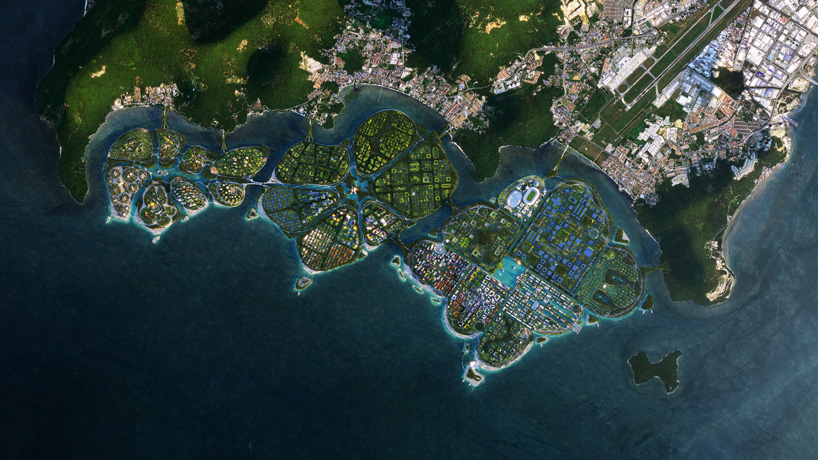 all images courtesy of BIG
all images courtesy of BIG
visualizations by lucian R
BIG-bjarke ingels group, hijjas and ramboll are selected as winners of penang state government’s international competition, which was launched in january 2020 with the goal of transforming penang south islands into a sustainable, global destination. the winning proposal, ‘biodivercity’, comprises three islands where ecological and economic growth is secured, and where people and nature co-exist in one of the most biodiverse places on the planet at the southern shore of penang island. the three islands bring together mixed-use districts of 15,000 to 18,000 residents across 50 to 500 acres, and a continuous 50 to 100m buffer around each district, establishing habitat connectivity and supporting edge ecologies in reserves, parks, corridors and urban plazas.
‘it is an immense honor to have been chosen to imagine this new contribution to the malaysian archipelago,’ says bjarke ingels, founder and creative director of BIG-bjarke ingels group. ‘architecture and design at its core is the art and science of giving form to our future. in no case is this more evident than here, where we are literally embarking on a journey to create more of malaysia for future generations. we have decided to set the bar as high as humanly possible by imagining a new archipelago that aims to be both more culturally and biologically diverse than previous developments.
“biodivercity” will have an integrated system of localized water resources, renewable energy and waste management, tied altogether in a human-made ecosystem. rather than design a city for cars, we designed biodivercity for waterways, rail and different kinds of personal mobility, forming a multi-modal environment of movement. the resultant urban landscape will be a celebration of penang’s position as a truly global crossroads of the world – economically, ecologically and socially,’ ingels adds.
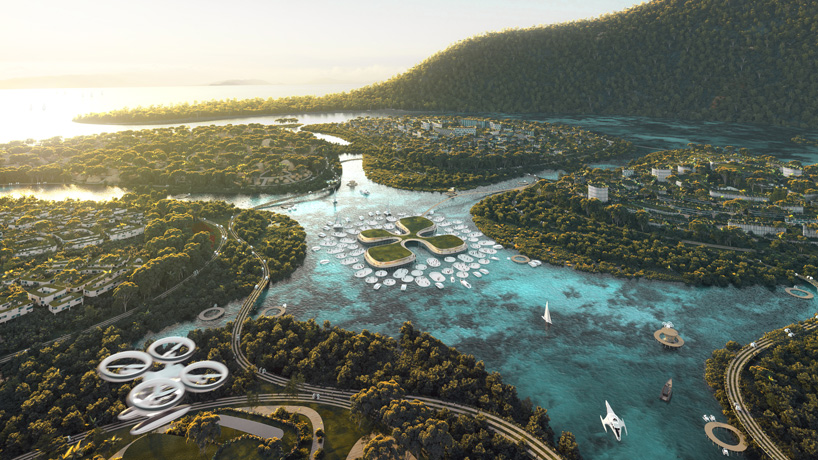
‘biodivercity’ is conceived as an urban mosaic of three diverse islands, ‘the channels’, ‘the mangroves’, and ‘the laguna’. the first is is constructed in three complementary phases: in phase 1, active destinations include a wave pool and technology park; in phase 2, a civic heart establishes governance and research institutions in the area; and in phase 3, a cultural coast builds upon the heritage and vibrant creative energy of penang’s george town to create a regional and international draw. a 500-acre digital park is located at the heart of the district, which includes spaces for research, development and local business opportunities.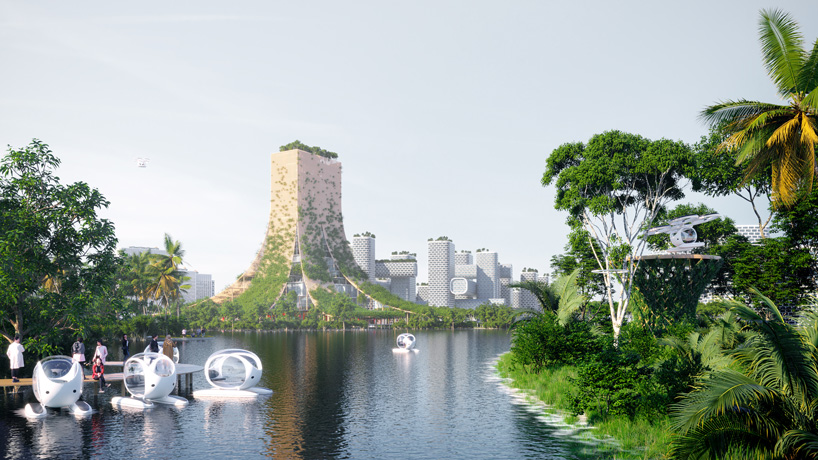
organized around a network of sheltered urban wetlands, ‘the mangroves’ is the second and central island of the masterplan, dedicated to businesses. its design creates suitable environments for its namesake mangrove forests—an important natural infrastructure that doubles as effective powerhouses for sequestering more than four times as much carbon as a typical forest. at the center of the mangroves, ‘the bamboo beacon’ hosts meetings, conferences and major events—broadcasting the knowledge developed in ‘biodivercity’ out to the world. in BIG, hijjas + ramboll’s masterplan, all buildings will be designed to perform efficiently and will, to a large extent, be constructed using low-carbon materials such as bamboo and malaysian timber.
‘the laguna’, the westernmost island in the masterplan, offers an oasis for ecological living, organized around a central marina. eight smaller islands form a miniature archipelago, where floating, stilted and terraced housing takes advantage of the natural setting. meanwhile, newly established marine habitats support biodiversity underwater by providing spawning grounds for native species, and recreational points and hatcheries support the local communities along penang’s southern coast. forest reserves are connected to coastal beaches through a web of ecological corridors. within human-populated areas, animals are given safe passage through the continuous canopy and waterways, and within natural habitats, people can safely access elevated boardwalks.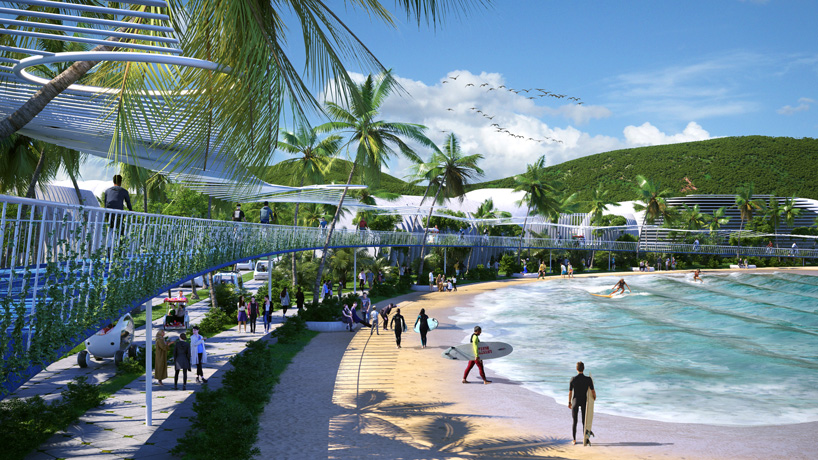
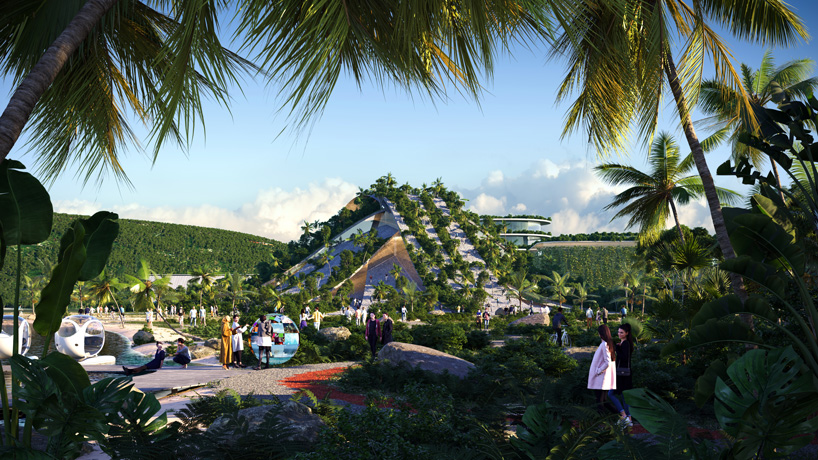
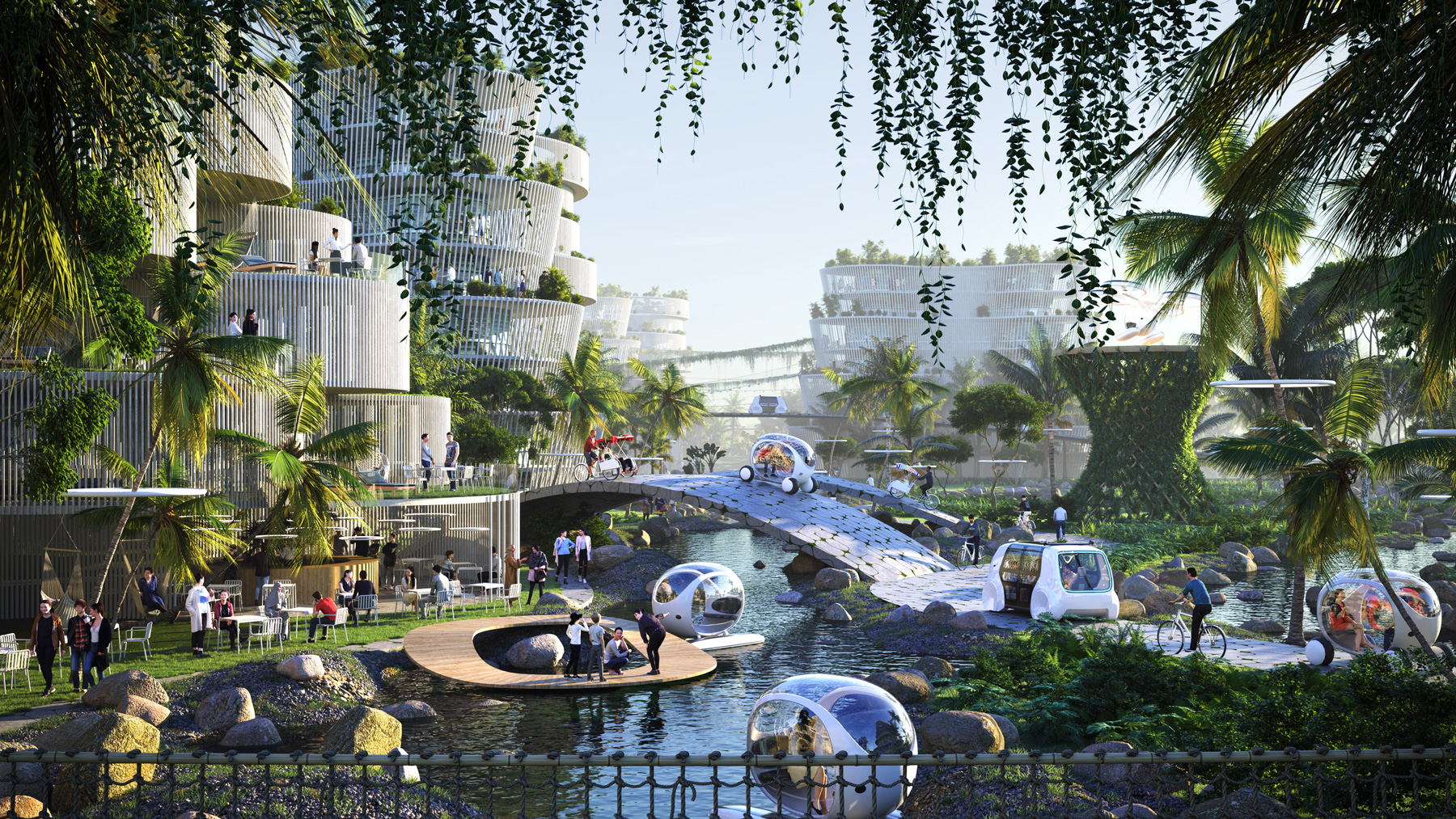
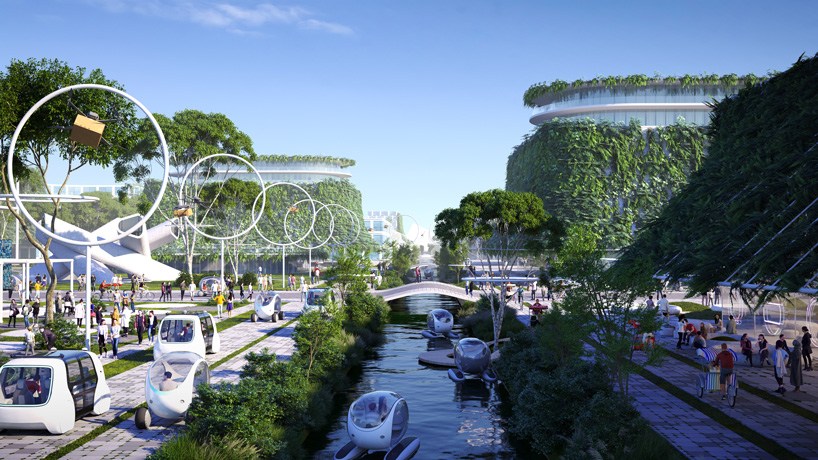
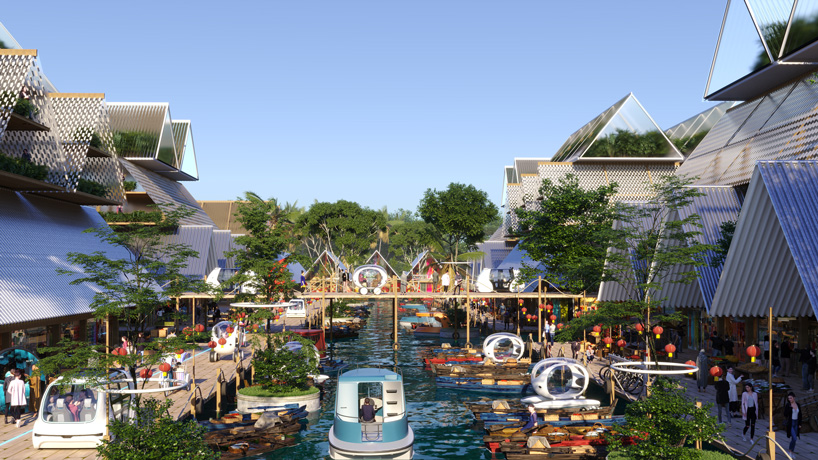
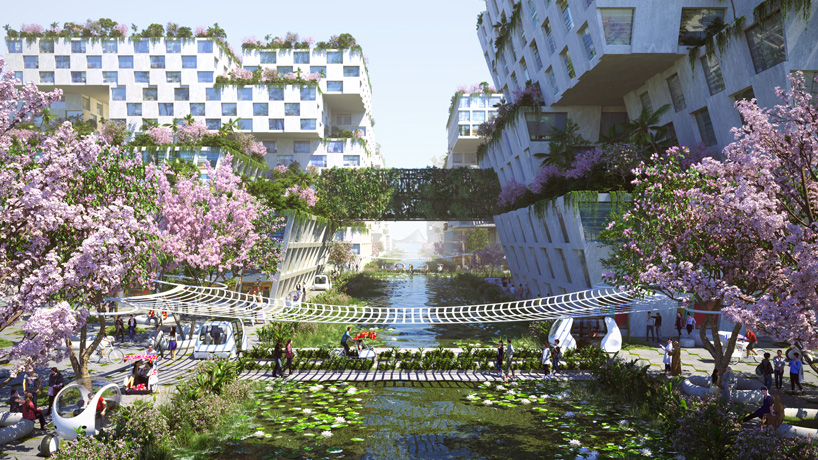

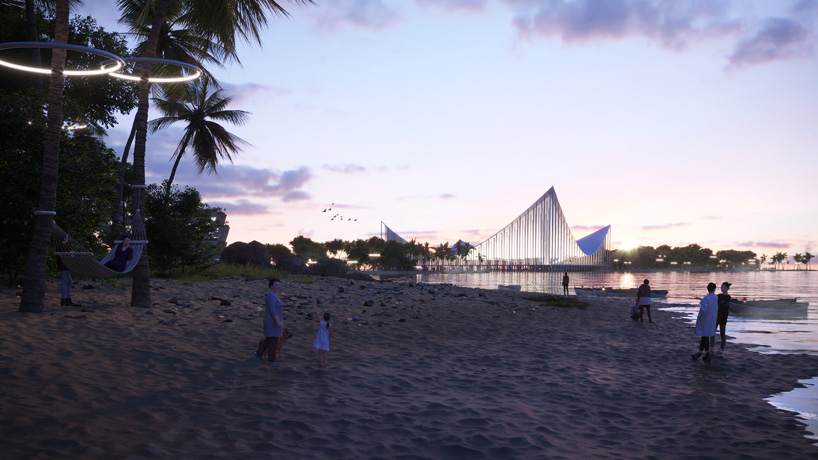
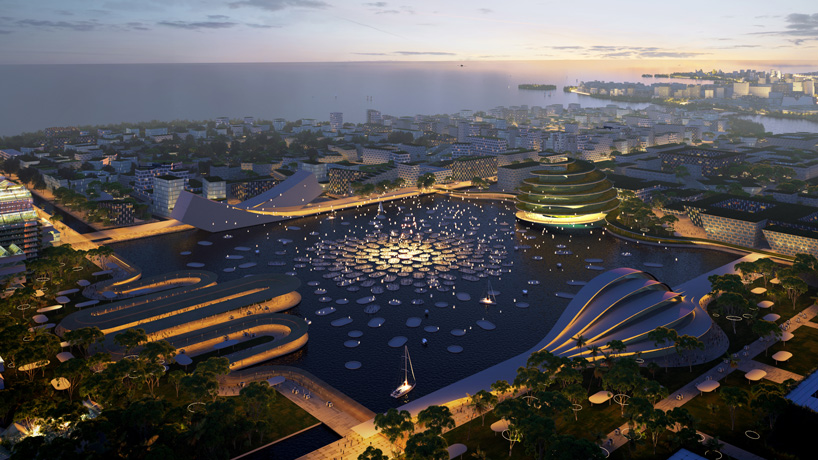
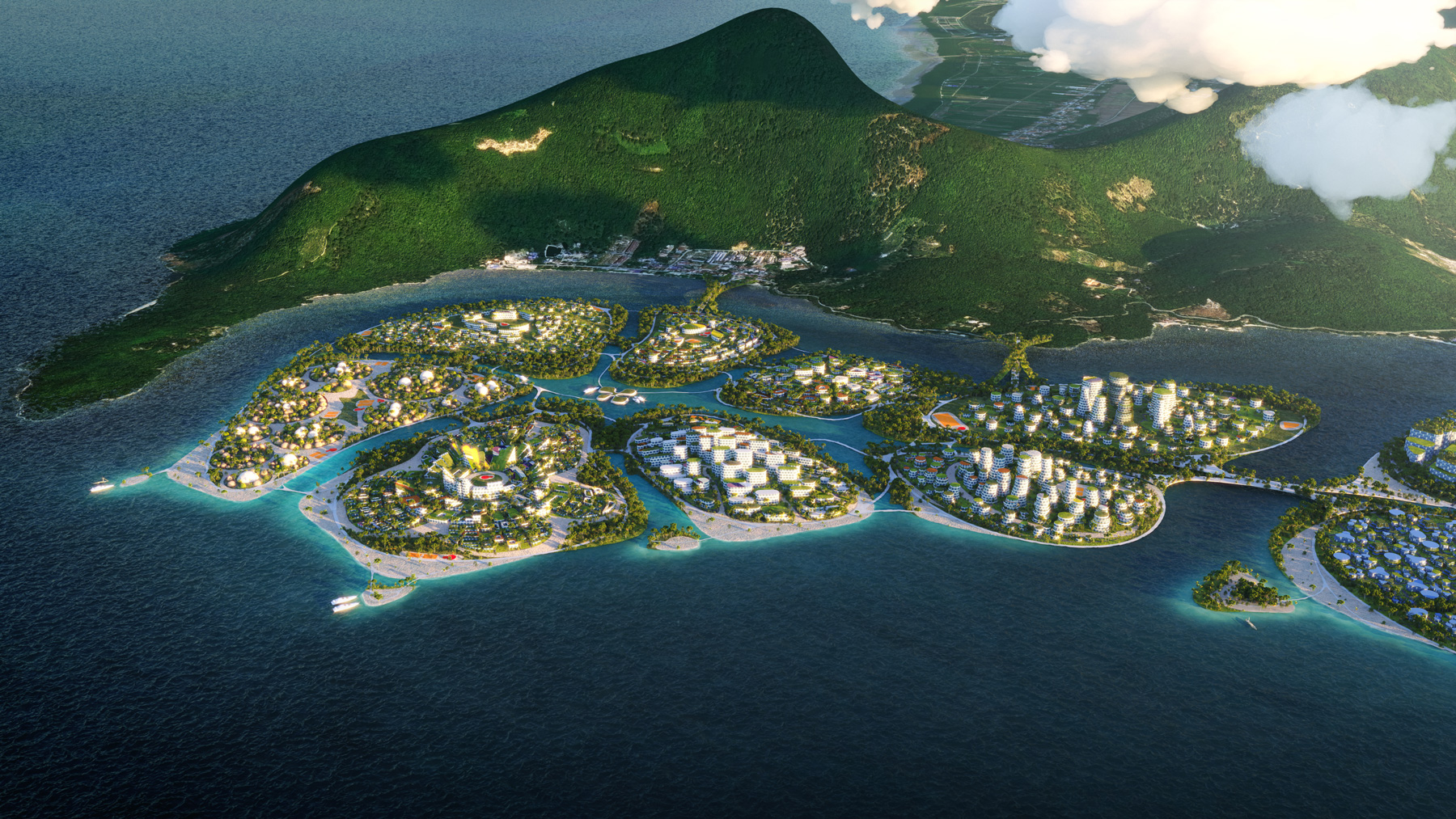
project info:
name: biodivercity penang
architect: BIG-bjarke ingels group
partners-in-charge: bjarke ingels, daniel sundlin, kai-uwe bergmann
associate-in-charge: jeremy alain siegel
project leaders: shane dalke, autumn visconti, veronica acosta
team: jeffrey shumaker, jamie maslyn larson, stephanie mauer, mike munoz english, max moriyama, thomas mcmurtrie, mateo fernandez, lingyi xu, yao tong, yanan ding, won ryu, alan fan, sangha jung, christian cueva, jordan felber, bernardo schumaker, terrence chew, chris pin, tracey sodder
local architects and planners: hijjas
project manager and engineer: ramboll
collaborators: web structures (geotechnical and structural engineering); web EM (sustainability); ernst & young (economic advisor); knight frank (real estate); KPK (quantity surveyor); green growth asia foundation (ecology and conservation); universiti teknologi mara (marine engineer)
client: penang state government, malaysia
location: penang, malaysia
size in m2: 4500 acres
